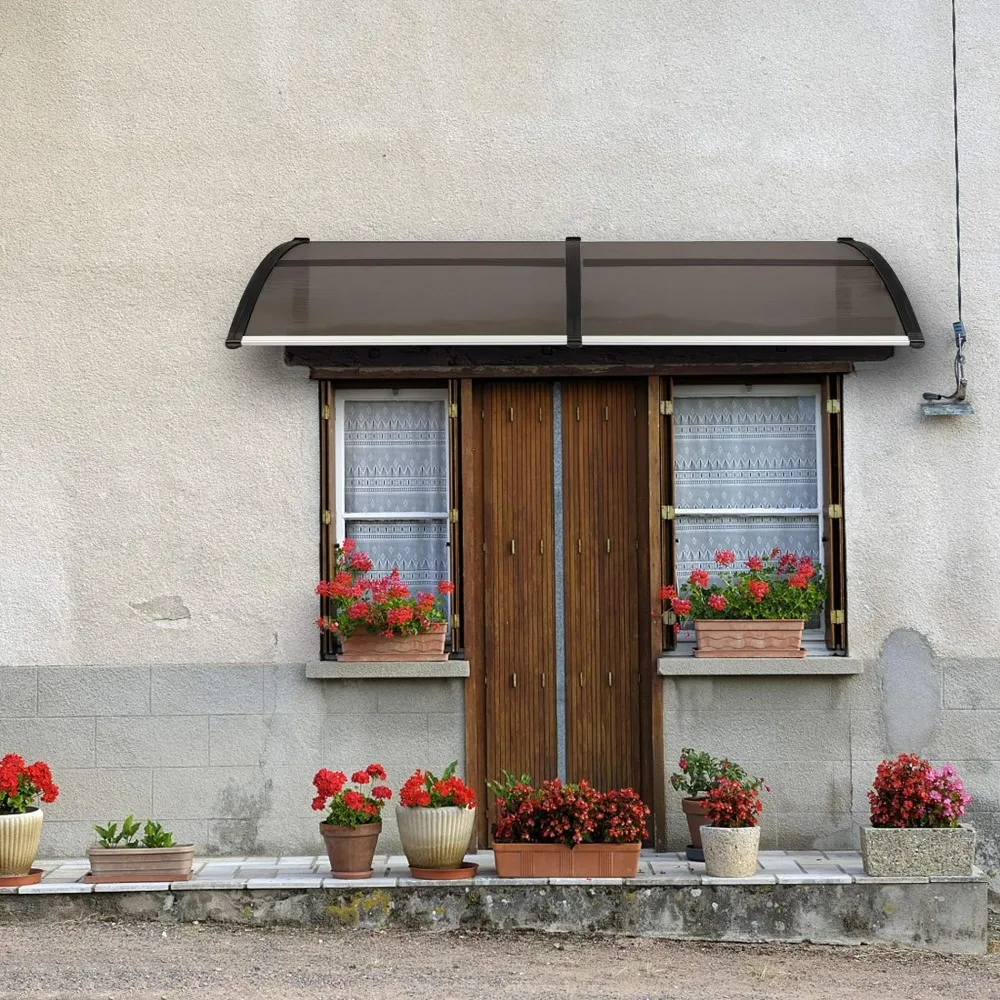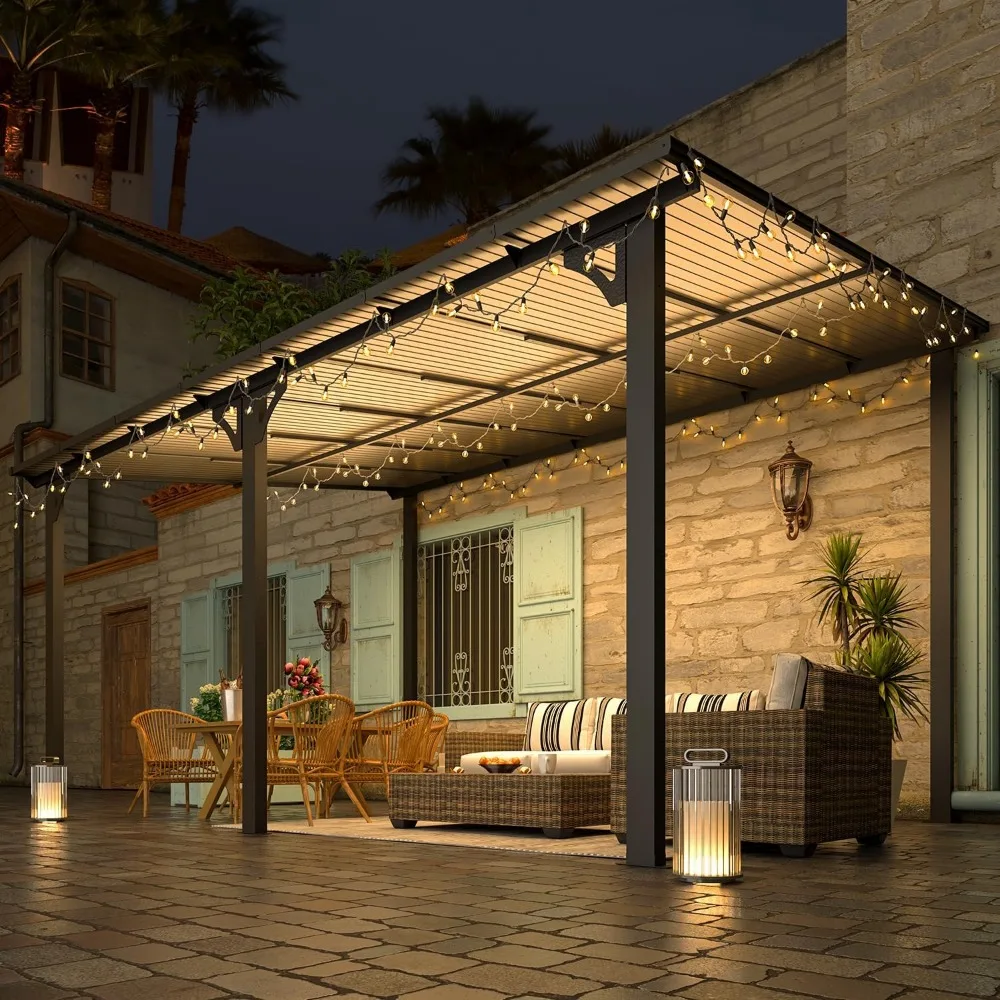 When it comes to selecting windows for your home, the choice between casement and awning windows can significantly impact both aesthetics and functionality. Each style offers unique advantages and considerations that can influence your decision. Understanding the differences, benefits, and ideal applications of casement and awning windows will help you make an informed choice that suits your home’s architectural style and practical needs.
When it comes to selecting windows for your home, the choice between casement and awning windows can significantly impact both aesthetics and functionality. Each style offers unique advantages and considerations that can influence your decision. Understanding the differences, benefits, and ideal applications of casement and awning windows will help you make an informed choice that suits your home’s architectural style and practical needs.
Understanding Casement Windows
Casement windows are hinged at the side and typically open outward with a crank mechanism. This design allows for full ventilation when fully opened, making them ideal for areas where airflow and maximum natural light are desired. Casement windows are often chosen for their unobstructed views and ease of operation, especially in locations where reaching the window might be challenging, such as over a kitchen sink or in a bathroom.
One of the primary benefits of casement windows is their ability to catch breezes effectively. When positioned correctly, they can funnel air into the home, creating natural ventilation that helps maintain indoor comfort and reduces reliance on mechanical cooling systems. This feature makes casement windows popular in regions with moderate climates where cross-ventilation is desirable.

Casement windows also offer superior energy efficiency due to their tight seal when closed. The sash presses tightly against the frame, minimizing air leakage and enhancing insulation. This tight seal helps prevent drafts and reduces energy loss, potentially lowering heating and cooling costs over time. For homeowners prioritizing energy efficiency, casement windows are often a preferred choice.
Benefits of Awning Windows
Unlike casement windows, awning windows are hinged at the top and open outward from the bottom. This unique design allows them to remain open even during light rain, providing ventilation without letting water inside. Awning windows are excellent for climates where frequent showers occur, as they can be left open for fresh air without worrying about water intrusion.
Another advantage of awning windows is their ability to offer privacy while still allowing ventilation. When placed higher on walls, awning windows can provide airflow without compromising privacy, making them suitable for bathrooms, bedrooms, or rooms facing neighboring properties. Their small size and easy operation also make them suitable for spaces where larger windows may not be practical.
Awning windows are known for their versatility in design and functionality. They can be combing with other window styles or used alone to create architectural interest and enhance the aesthetic appeal of a home. Their clean, modern look complements contemporary and minimalist architectural styles, adding a touch of elegance and functionality to any room.
Considerations for Installation and Maintenance
When choosing between casement and awning windows, consider factors such as installation requirements and ongoing maintenance. Casement windows, with their larger size and weight, may require more substantial framing and hardware for support. They are also more susceptible to damage from strong winds due to their outward-opening design, requiring secure locking mechanisms and robust frames.
Awning windows, on the other hand, are generally smaller and lighter, making them easier to install and maintain. Their top-hinged operation simplifies cleaning both the interior and exterior surfaces from inside the home. However, awning windows may have limitations in terms of size and may not provide as wide an opening for ventilation compared to casement windows.
Both casement and awning windows benefit from regular maintenance to ensure optimal performance and longevity. Routine tasks such as cleaning tracks and lubricating hinges are essential for smooth operation. Inspecting seals and weatherstripping helps prevent air leaks and maintains energy efficiency. Choosing high-quality materials and professional installation can also extend the lifespan of your windows and enhance their overall performance.
Aesthetic Considerations and Architectural Style
The choice between casement and awning windows should also align with your home’s architectural style and aesthetic preferences. Casement windows, with their expansive glass panels and ability to create a seamless indoor-outdoor connection, often a favor for traditional and contemporary homes alike. Their versatility in size and placement allows them to fit well with various architectural designs.
Awning windows, with their compact size and unique opening mechanism, lend themselves well to modern and mid-century modern homes seeking clean lines and functional elegance. Their ability to be group together or used in combination with fixed or other operable windows provides architectural flexibility and enhances visual interest.
Consider the visual impact of both casement and awning windows from both the interior and exterior perspectives. The style of window frames, hardware finishes, and grid patterns can contribute to the overall look of your home’s facade and interior spaces. Choosing windows that complement existing architectural features or planned renovations ensures a cohesive and harmonious design aesthetic.
Cost Considerations and Return on Investment
Finally, budgetary considerations and potential return on investment (ROI) should play a role in your decision-making process. Casement windows, typically larger and requiring more robust hardware, may be more expensive to purchase and install compared to awning windows. However, their energy efficiency benefits and potential savings on heating and cooling costs can provide long-term value.
Awning windows, while generally more affordable due to their smaller size and simpler design, still offer excellent ROI in terms of functionality and aesthetic enhancement. Their ability to improve ventilation and natural light penetration can contribute to a more comfortable living environment and potentially increase the resale value of your home.
Ultimately, the choice between casement and awning windows depends on your specific preferences, practical needs, and budget considerations. Assessing factors such as climate, architectural style, maintenance requirements, and cost can help you make an informed decision that enhances both the functionality and beauty of your home’s interior and exterior spaces.
Practical Considerations for Different Rooms
When deciding between casement and awning windows, it’s essential to consider the specific requirements of different rooms in your home:
- Living Rooms and Bedrooms: Casement windows are excellent for these spaces where maximum ventilation and expansive views are desired. They provide ample natural light and can be opened wide to let in fresh air.
- Bathrooms: Awning windows are often preferred for bathrooms as they offer privacy while allowing for ventilation. Their top-hinged design prevents water from entering during rain showers, making them ideal for humid environments.
- Kitchen: Casement windows are popular over kitchen sinks where ease of operation is crucial. They provide unobstructed views and effective ventilation, helping to remove cooking odors and maintain air circulation.
- Basements and Utility Rooms: Both casement and awning windows can be suitable for these areas depending on accessibility and ventilation needs. Casement windows may offer better airflow, while awning windows can provide ventilation without compromising security.
Security and Safety Considerations
Security is a critical factor when choosing windows for your home. Casement windows typically feature multiple locking points along the frame, enhancing security against intruders. Their outward-opening design makes it challenging for unauthorized entry when properly secured.
Awning windows, with their top-hinged operation, also offer security benefits. They can be equipped with secure locking mechanisms and tempered glass to deter break-ins. Additionally, their small size and placement higher on walls can make them less accessible from the outside.
Ensure that whichever window style you choose meets local building codes and safety standards for your region. Consider additional security features such as reinforced glass, laminated panes, or integrated security screens for added peace of mind.
Conclusion
Choosing between casement and awning windows involves considering various factors ranging from ventilation and energy efficiency to architectural style and budget. Each window style offers distinct advantages that cater to different practical needs and aesthetic preferences. By understanding the unique features and considerations of casement and awning windows, homeowners can confidently select the option that best suits their home’s design and enhances its overall comfort and value.
